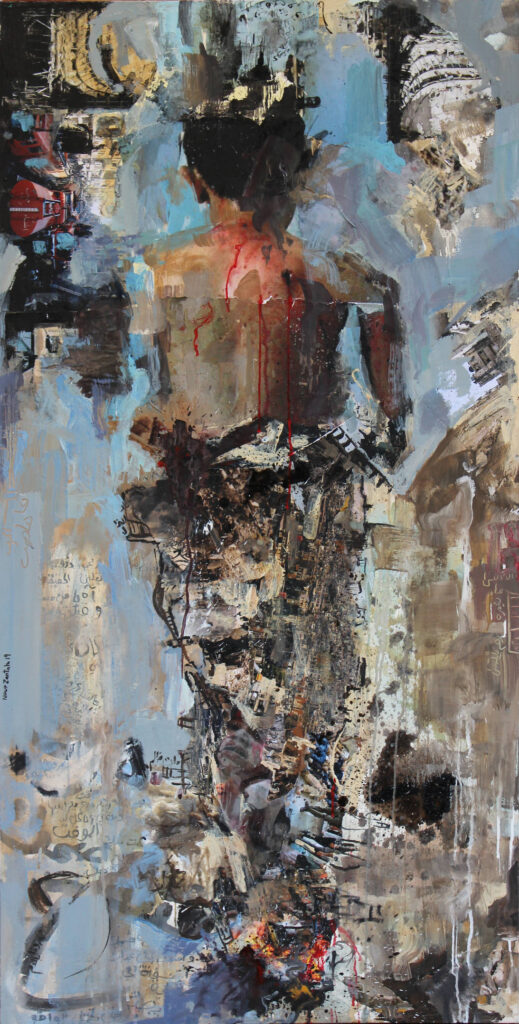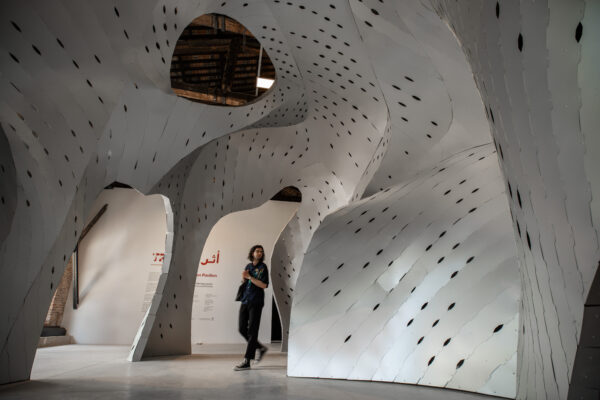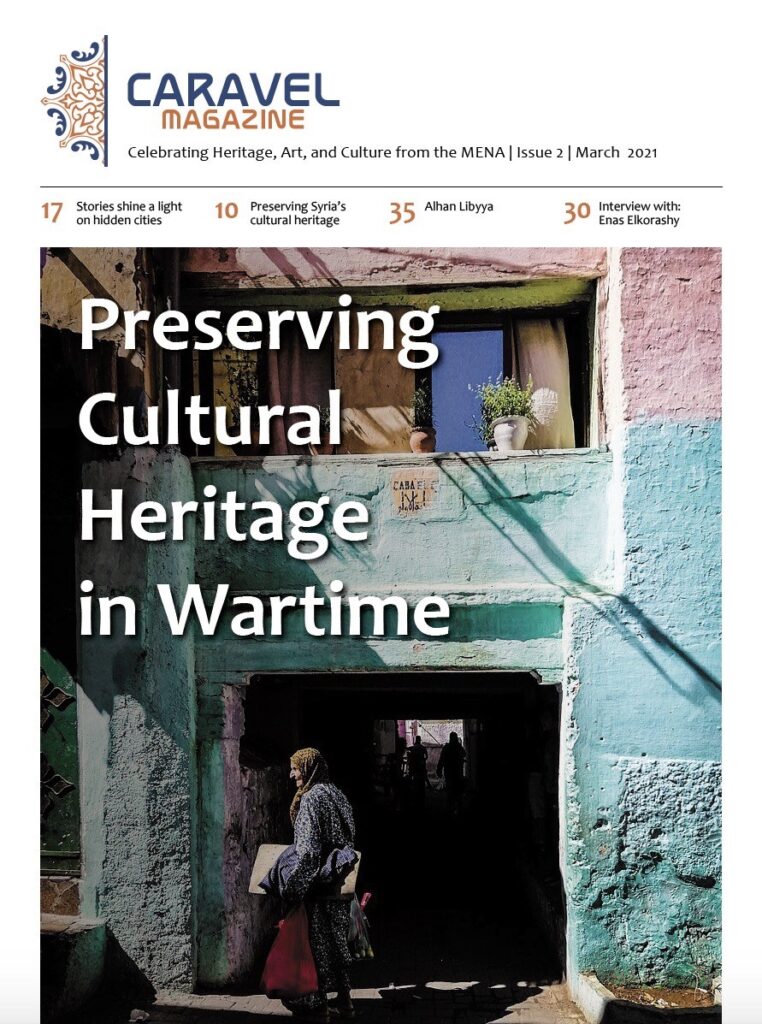Sulaiman Othman
Syrian artist offers an immersive experience that reveals the deeply emotional and personal impacts of war.
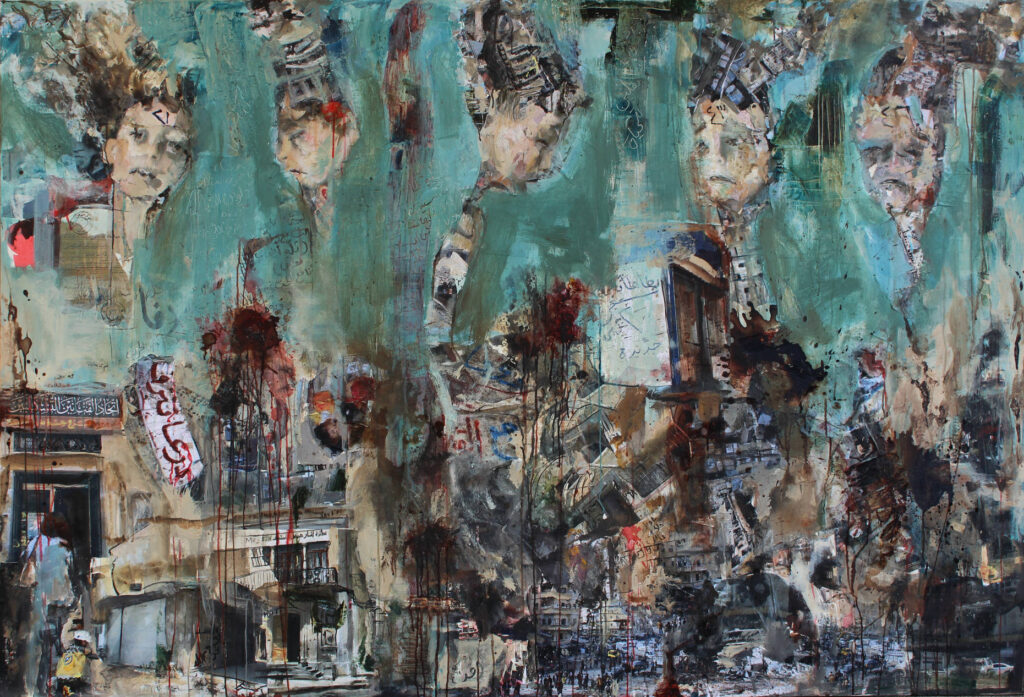
“Ataxia exhibits a body of paintings that examine the experiences of Syrian subjects in both Syria and in the diaspora, The tragedy is never-ending sadly, so we invite the viewers to feel the suffering of Syrians aesthetically”, said Tarek Tuma the curator of the exhibition.
Born in Homs, Syria, in 1989, artist Nour Zantah has been focusing her work on the subject of violence and war for the last few years, often using complex collages of images from the Syrian revolution, interspersed with painting. She has exhibited her paintings worldwide including in Syria, Algeria, Jordan, and the UK, where she completes her Ph.D. at The University of Northampton.
Zantah’s latest exhibition, Ataxia, is at P21 Gallery, London, form 12 Thursday to 21 March.
Tell us a little bit about the Ataxia’ exhibition – how did the idea come about and what did you set out to achieve?
Fundamentally, the word ‘Ataxia’ is meant to bring to mind two ideas. The first arises from its homonym—it sounds like ‘Attack’—and thus it calls to mind, in a sense, violence, and war. Ataxia is also, however, a general medical term used to describe the symptom (caused by a variety of conditions) of loss of full control of one’s body. Thus, the one-word links, for me, violence and its results: the loss of control of one’s body, and indeed of one’s destiny, whether through death, or through injury and incapacity, or indeed through exile. On a broader scale, even, I believe that the Syrian citizenry as a whole has lost control of itself as the country has been sucked into violence and hatred, and as the war has steadily undermined people’s civility, agency and ability to plan for the future.
Ataxia, therefore, is a convenient word to capture the background of my artwork. Since the start of the Syrian war, my art production has been drawn spontaneously towards the war, and the violence, that I have seen around me, or been exposed to vicariously through Syrian social media. The paintings in Ataxia have been carefully selected from this body of work. They draw on my own emotions, anger, sadness, and intellectual and sensory chaos.
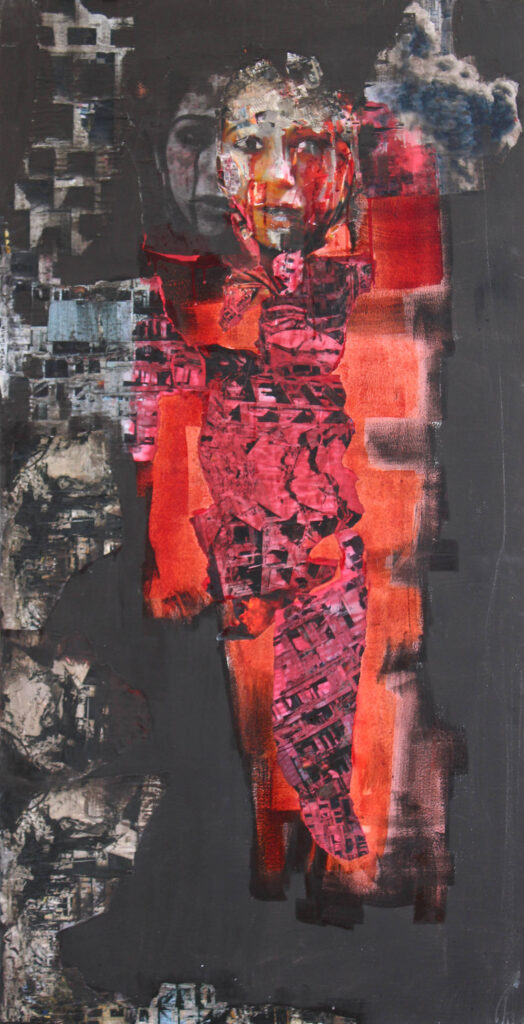
How does your work comment on current social issues?
My work seeks to comment on a number of interconnected issues: the war in Syria; its violence; the role of social media and mobile phone images in communicating that war and that violence; and the emotional impacts of all of the above – on the artist, on viewers (both of the paintings and the social media images), and on Syrians generally. In short, my paintings in Ataxia are not concerned with portraying those who are engaged in acts of violence, but on the results of that violence: the deaths and the suffering. They thus speak to universal truths and issues. Ataxia will allow the audience to understand the details of the ongoing Syrian war and to explore the trauma inflicted on artists (including myself) by their memories and the images they have received within the diaspora. My paintings further express how, despite the destruction and violence, Syrians are still inspired to protest vocally and powerfully through art.
What was your motivation in creating a piece for the exhibition?
I have always felt the desire to portray the innocent through my paintings, like those victims who were tortured and killed and who have suffered in various inhumane ways. My paintings, therefore, express what those victims did not have the opportunity to express. This desire to be the voice of the victims of the war is, therefore, an absolutely central motivation for my work and for this exhibition. Beyond that, however, as I have mentioned above, I wanted to create an exhibition that provided a window onto the events of a war that the West has become “bored with”; to redress the decreasing levels of understanding and knowledge about what has happened, and is happening, in Syria. Furthermore, from an artistic point of view, I wanted to use the medium of painting to address a difficult topic.
What are the most important aspects for you in your exhibition?
In a way, all that I discuss above are important aspects of the exhibition for me: the engagement with war and violence in painting, the communication of the Syrian war to a Western audience, the exploration of the psychological and emotional impacts of war through the medium of painting. If I were to identify here another focus though, it would be the use of collages of “real” images from the war in my paintings. An important aspect of my paintings is that they address an on-going conflict, thus, they are an expression of a current time and it is for this reason that I used these collages of mobile phone images from the war. They bring an immediacy and a kind of familiarity and contemporaneity to the painting, whilst simultaneously undermining that by the horrific nature of the subject matter.
